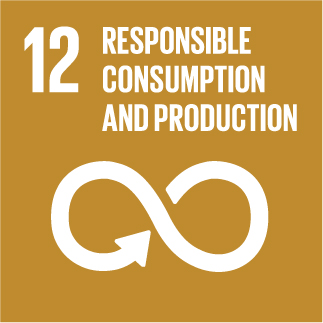Integrated manufacturing of REciclable multi-material COmposites for the TRANSport sector
Surface?Engineering Cellulose Nanofibers via In Situ PEDOT Polymerization for Superior Thermoelectric Properties
A strategy for homogeneous in situ polymerization of poly(3,4?ethylenedioxythiophene) along cellulose nanofibril surfaces is presented. Featuring enhanced charge delocalization and exceptional durability under 2000 bends and 5000 abrasions, wet?heat aging, freezing, and UV aging tests, the conductive nanocellulose fibers maintain stable electrical conductivity and thermoelectric output—a key advance for nanocellulose wearables and flexible electronics.Cellulose nanofibrils (CNFs) are abundant and possess exceptional mechanical strength, but their intrinsic electrical insulation limits their application in wearable electronics. In this study, a versatile methodology is presented to produce highly conductive and durable CNFs through electrostatic potential?enhanced in situ polymerization of poly(3,4?ethylenedioxythiophene) (PEDOT). Guided by molecular dynamics simulations, electrostatic interactions are controlled by tailoring the chain length of PEDOT, achieving homogeneous polymerization. Compared to conventional polymerization and blending methods, this approach prevented the self?aggregation of PEDOT crystallites, which would otherwise localize charge carriers and hinder electrical transport, as confirmed by scanning Kelvin probe microscope (SKPM). These fibers can leverage nanocellulose's capillary effects to rearrange PEDOT crystallites, thereby boosting electrical conductivity by 5 orders of magnitude over suboptimal samples. The conductive nanocellulose paper achieves superior electrical conductivity (91 S cm?1) and durability, retaining 90% of electrical properties over 2000 bending cycles, 5000 abrasion tests, and prolonged wet?heat aging, freezing, and UV aging, while also demonstrating stable thermoelectric performance with power factor exceeding 3.8 µW mK?2 and a promising device output of 46.6 nW. These findings advance the conventional notion that charge?transporting nanocellulose can only be obtained by carbonization, graphitization, or physical blending with conductive components, which further boosts its potential for wearable applications.

» Publication Date: 30/06/2025

This project has received funding from the European Union's Horizon 2020 research and innovation programme under grant agreement Nº 768737


